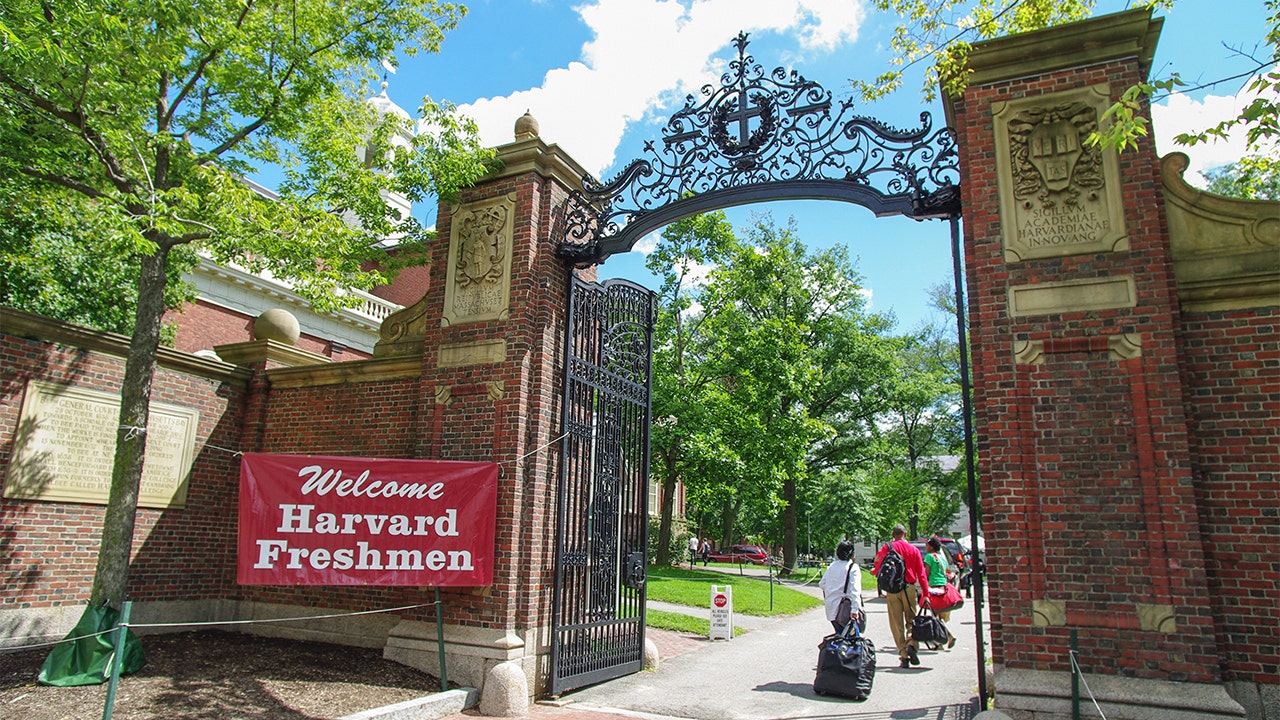One of the world’s most populous cities, Tokyo brings together many of the elements that make Japan so popular with travelers. Visit youthful Shibuya and upscale Ginza to experience the modern side of Tokyo, then seek out moments of tradition at Meiji Jingu shrine, Senso-ji temple and Rikugi-en garden. Hike Mt. Takao for a taste of Japan’s great outdoors. Depending on when you come, you could time your visit for cherry blossom season or any number of traditional festivals. And don’t forget the food. From sublime sushi to comforting ramen, Tokyo is a culinary powerhouse.
Best time to visit Tokyo
This photo captures the street view outside the Imperial Palace in Tokyo. Photograph by David Guttenfelder, Nat Geo Image Collection
The 2080-foot-tall Tokyo Skytree, the tallest structure in Japan, offers panoramic views of Tokyo and is one of the few spots you can see Mount Fuji. Photograph by Alvin Huang, Getty Images
Spring: Around late March to mid-April, there’s nothing more Japanese than picnicking in the pink shade of Tokyo’s cherry blossoms – whether that’s with thousands of others in Ueno Park or in more peaceful spots like Shinjuku Gyoen National Garden. In mid-May, check out the traditional procession of floats and portable shrines that define the Kanda Matsuri.
Summer: In early summer, grab your rainbow colors for Tokyo Pride, the country’s largest event for the LGBTQ+ community and allies. It includes a Pride festival and parade on the first weekend in June, as well as a Youth Pride event the following weekend. During the midsummer heat and humidity, take in the Sumida River Fireworks display in late July and the Awa-Odori dance festival in August in Koenji.
Fall: As Tokyo contemplates cooling down, the second half of September sees Japan’s best (and biggest) sumo take part in 15 days of grueling bouts at the Kokugikan arena in Ryogoku. From mid-November to early December, the fall foliage then reaches its fiery-red and golden-yellow peak on Mount Takao in western Tokyo, while a week or so later is usually the best time to see the maples at Rikugi-en, an 18th-century landscaped garden in the city center.
Winter: Soak up the winter vibes at the Tokyo Midtown complex in Roppongi, where from mid-November through December there’s an ice skating rink, Christmas market, and the grounds are decorated with hundreds of thousands of bubble lights. In mid-December, pick up antiques, crafts and bargains at Setagaya’s annual Boro-ichi flea market, which dates to the late 1500s. Winter is also a great time to head out of the city for winter sports. The slopes of Gala Yuzawa in Niigata Prefecture are only 75 minutes away by high-speed bullet train.
(Related: 10 not-to-be-missed things to do in Tokyo.)
Key areas to explore in Tokyo
Eastern Tokyo: Start in Asakusa with the towering gateways and pagoda of Senso-ji temple. Nearby, you could take a cruise down the Sumida River or walk 15 minutes west for Kappabashi, a street dedicated to serving the city’s culinary trade. It’s the ideal place to pick up a handcrafted Japanese knife, chopsticks, or even the plastic replicas of dishes found in restaurant window displays. A little further east is Ueno, best known for the bustling Ameya Yokocho street market and the many attractions of Ueno Park.
Senso-ji temple is an ancient Buddhist temple located in the Asakusa neighborhood of Tokyo. Photograph by David Guttenfelder, Nat Geo Image Collection
Central Tokyo: The heart of Tokyo is packed with things to see and do: Ginza for glitzy stores and Michelin-starred restaurants, Shibuya for youthful fashions and nightlife, and Roppongi for sleek urban complexes and contemporary art. In Shinjuku, you can chill in Shinjuku Gyoen National Garden, hit numerous department stores, and attempt to navigate the world’s busiest train station.
Western Tokyo: Moving west, Tokyo becomes more suburban and eventually rural. Off the tourist trail, Chofu is home to 8th-century Jindai-ji, one of the oldest temples in Tokyo, which you could combine with a visit to the neighboring Jindai Botanical Gardens. Mount Takao offers hiking trails, views across to Mount Fuji, and a mountainside temple complex, called Yakuo-in, that holds a fire-walking festival in March. Turn up and you are more than welcome to tread the coals.
(Related: A family-friendly guide to plan a trip to Tokyo with your kids.)
Taste of Tokyo
While viiting Tokyo, visitors should consider exploring the nightlife in the Yurachucho and Shimbashi neighborhoods. Photograph by David Guttenfelder, Nat Geo Image Collection
Chanko nabe: packed with meat, seafood, tofu and vegetables, this is the hotpot sumo wrestlers use to bulk. You’ll find many chanko specialists near the main sumo arena in Ryogoku, including the 40-year-old Chanko Tomoegata.
Ramen: You’ll find most of Japan’s ramen variations in Tokyo, from soy-based broths to miso or pork-bone broths. In recent years, the consommé-like soup at Ginza Hachigou and spicy tantanmen ramen at Nakiryu have created a buzz, but any ramen-ya with a queue of locals outside will deliver a bowl of comforting noodles. For a selection of ramen styles under one roof, head to Tokyo Ramen Street at Tokyo Station.
Sushi: Like ramen, sushi isn’t a singular experience. For a splurge, there are 20 intimate sushi-ya in Tokyo with Michelin stars – including the three-starred Harutaka in Ginza. At the other end of the spectrum are low-cost, family-friendly chains like Sushiro and Uobei, where the sushi is delivered via conveyor belts.
(Related: A culinary guide to Japan.)
Where to stay
Janu Tokyo: Opened in the swanky Azubudai Hills complex in 2024, Aman’s first Janu hotel in Japan isn’t just five-star luxury, it also offers access to exclusive cultural experiences, such as bonsai workshops.
Yuen Shinjuku: Most of Tokyo’s central hotels are Western-style and modern, but Yuen offers the opportunity to stay in a contemporary take on a ryokan inn in the city center, complete with tatami mat rooms and hot-spring bathing.
(Related: Some of the nicest gardens in Tokyo are hidden behind hotels.)
Getting around
Locals and out-of-towners can get this incredible view of Tokyo at sunset from the top of the Moro Tower building. Photograph by David Guttenfelder, Nat Geo Image Collection
By air: Both Haneda and Narita airports have international flights to multiple parts of the US. Haneda is in the south of Tokyo, while Narita is 40 miles east of Tokyo in Chiba Prefecture. Frequent rail and bus services connect both airports to the city center.
By rail and subway: By far the best way to get around Tokyo is the efficient rail and subway network, which has dozens of lines crisscrossing the city. Get a contactless Suica or Pasmo transport card, so you don’t have to think about buying a ticket each time you travel or transfer lines.
By bicycle: When the weather is nice, do as many Tokyoites do: cycle. A handy option is to use a bike share service, such as Docomo, although you can also find bike rental stores. Just be sure to check out the before setting off.
Know before you go
Manners: Overtourism is a growing issue in Tokyo, with local coverage often focusing on traveler behavior: think tourists vandalizing sacred shrines and trespassing on private property. In terms of basic manners, avoid talking loudly in public spaces, don’t litter, and look out for etiquette posters on trains, temples and tourist attractions – they detail key manners.
LGBTQ+: Shinjuku Ni-chome, near Shinjuku Station, is the largest LGBTQ+ neighborhood in Japan, with hundreds of bars, clubs, and restaurants. Japan has no laws against same-sex relationships.
(Related: Why this Buddhist monk has become an LGBTQ+ role model in Tokyo.)
How to visit Tokyo sustainably
Sushi’s 4-S rule: Seafood that’s small, silver, seasonal, or shellfish tends to have a lower environmental impact. Also consider avoiding bluefin tuna and freshwater eel, as both are suffering from overfishing.
Secondhand souvenirs: Skip the souvenir stores in favor of Tokyo’s antique and flea markets. Oedo Antiques Market on the first and third Sundays of each month is a good hunting ground for traditional arts and crafts, such as ceramics and ukiyo-e prints. The Koenji and Shimokitazawa neighborhoods are known for their vintage fashions and hip recycle shops.
Rob Goss is a freelance writer based in Tokyo, covering travel and culture in Japan. Follow him on Instagram.
.png)
 German (DE)
German (DE)  English (US)
English (US)  Spanish (ES)
Spanish (ES)  French (FR)
French (FR)  Hindi (IN)
Hindi (IN)  Italian (IT)
Italian (IT)  Russian (RU)
Russian (RU)  1 day ago
2
1 day ago
2













Comments